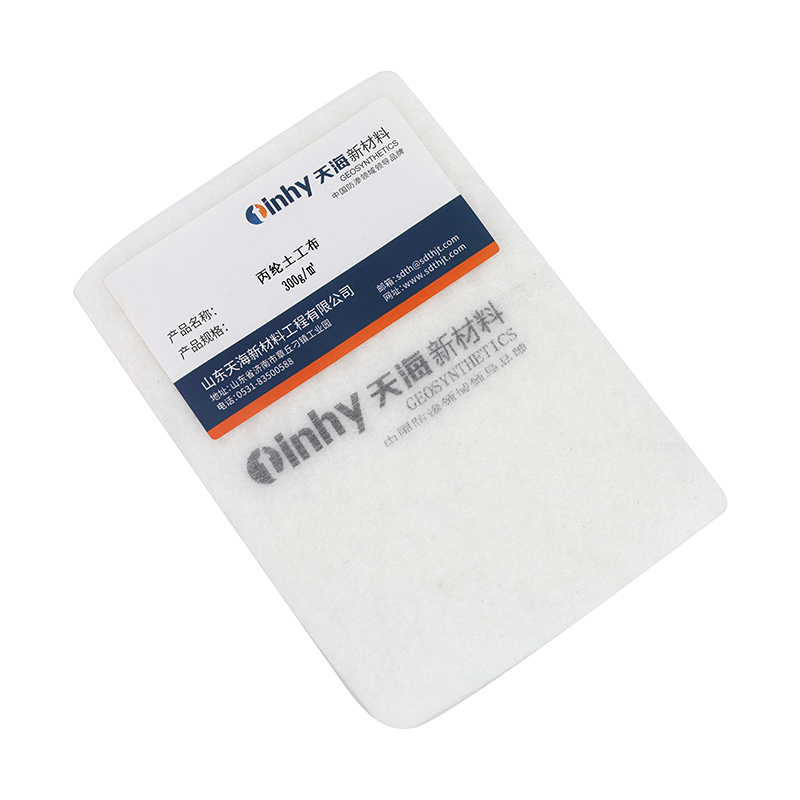【Product Introduction】
Polyester filament non-woven geotextile is manufactured using PET polyester fibers as the primary raw material through a needle-punched non-woven process. It is a type of geosynthetic material applied in geotechnical and civil engineering projects. The finished product is in a cloth-like form, typically with a width ranging from 3m to 6m and a length from 50m to 200m.
Industry Terms: Polyester filament spunbonded needle-punched non-woven geotextile, polyester filament geotextile, polyester long-fiber non-woven fabric, polyester non-woven fabric.
【Product Functions】
1. Separation: It prevents the loss and mixing of two or more materials, maintaining their overall structure and properties.
2. Filtration: When water flows from a fine-grained soil layer to a coarse-grained one, it allows water passage while effectively retaining soil particles, fine sand, and small stones.
3. Drainage: It facilitates the external discharge of excess liquid and gas from the soil structure.
4. Reinforcement: By utilizing needle-punched geotextiles, the tensile strength and deformation resistance of the soil mass are enhanced, improving the stability of the construction structure.
5. Protection: It effectively diffuses, transfers, or decomposes concentrated stress when water scours the soil mass, preventing damage caused by external forces.
【Product Features】
1. Corrosion Resistance: It exhibits long-term corrosion resistance in water containing soils of varying pH levels.
2. Good Water Permeability: The gaps between the flat filaments provide excellent water permeability.
3. Microbial Resistance: It is resistant to damage from microorganisms and insect infestation.
4. Lightweight and Flexible: Its lightweight and flexible nature make transportation, laying, and construction convenient.
【Application Areas】
1. Environmental Protection and Anti-seepage Engineering: Used in landfills, fly ash landfills, mining tailings reservoirs, industrial waste disposal sites, thermal power plant ash dams, sewage treatment, biogas digester oxidation ponds, reservoirs, river management, and other environmental protection and anti-seepage projects. (Commonly used specifications: 300g, 400g, 600g)
2. Anti-seepage Foundation Engineering: Applied in highway, railway, tunnel, water conservancy and hydropower, dam, and river management projects for anti-seepage purposes.


